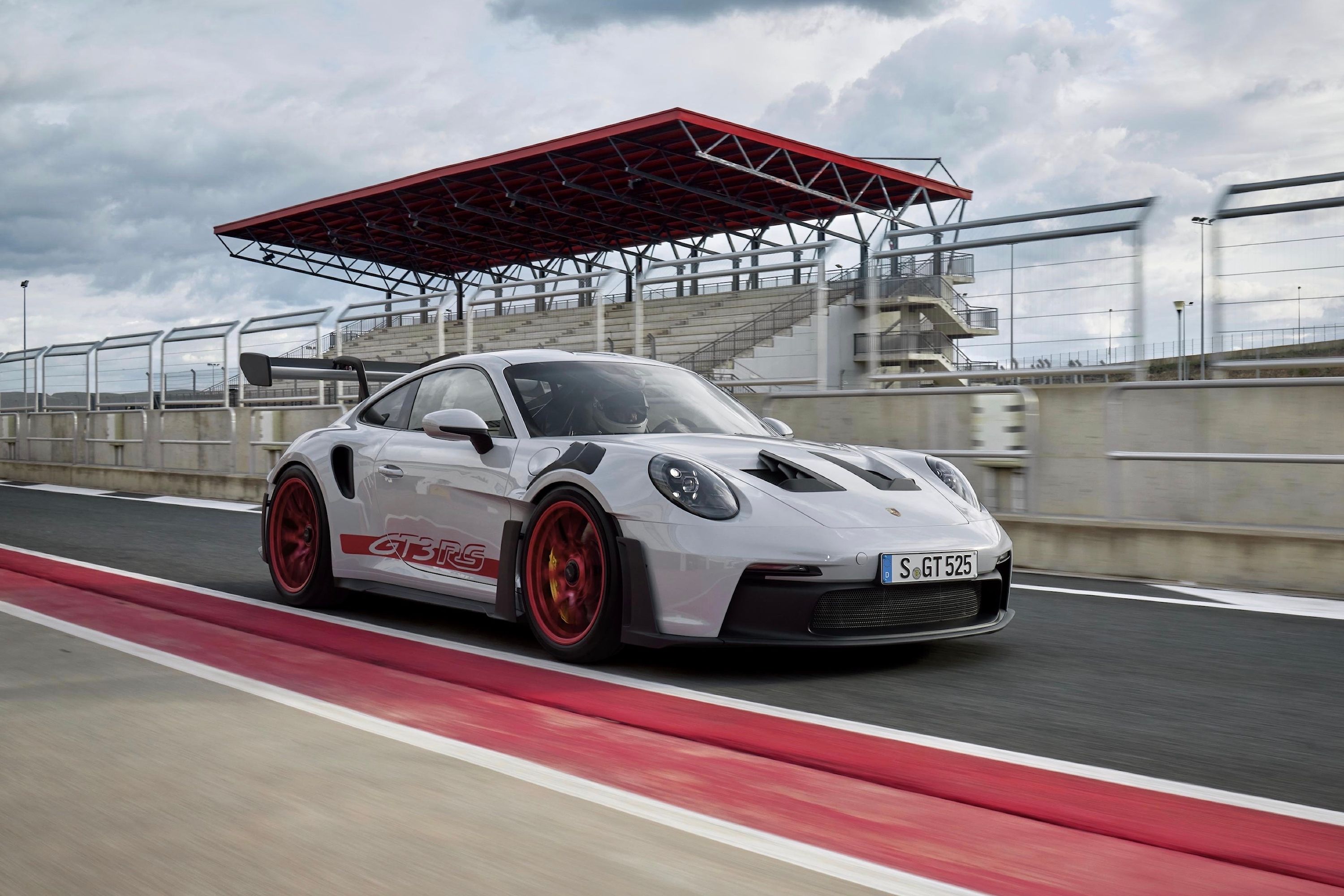
The original BAC Mono launched way back in 2011. It's been updated and refined over the years, but BAC hasn't unveiled an all-new version of the single-seater supercar since then - until now. After giving the last-generation version a send-off with the ultra-limited BAC Mono One, BAC has lifted the wraps off the all-new Mono. It may look familiar, but the all-new Mono is lighter, faster, and more advanced than ever.
Continuing the design direction seen on the BAC Mono R, every panel has been redesigned to reduce visual mass across the body, resulting in a sleeker look. At the front, a shark nose reduces the frontal area and improves aerodynamics. Elsewhere, the Mono R's centrally mounted headlights have carried over, while a 0.78-inch reduction in height and a 0.98-inch increase in length over the first-generation contribute to the new Mono's sleeker appearance.
More aerodynamically efficient front arches and wider sidepods enhance the cooling, while a larger spoiler extends over the rear arches. Lower down on the body, all surfaces are thinner to divert airflow more efficiently. New LED lights, twin-strut wing mirrors, rear crash box and a narrower tail incorporating new LED combination fog and reverse lights complete the new look.
For the very first time, the new-generation Mono uses a forced induction engine that reduces emissions to make the single-seater road legal around the world. Power is provided by a 2.3-liter four-cylinder in-line turbo engine. Power has increased by 27 hp to 332 hp, while torque has increased to over 295 lb-ft. 0-62 mph takes just 2.7 seconds - that's faster than a Porsche 911 GT3 RS. Top speed is 170 mph.
BAC's long-standing engine partner Mountune also helped co-develop a dry sump system that places the main mass of the engine lower, improving the center of gravity. Other improvements include an uprated chassis, transmission and driveline components.
To make the new Mono as light as possible, BAC teamed up with Autodesk to produce revolutionary "generative-design" wheels that are 35 percent lighter than before. Graphene-enhanced carbon fiber is also used throughout, which enhances the structural properties of carbon fiber to make panels stronger and lighter with improved mechanical and thermal performance.
Over 40 components were also 3D printed, including the front and rear light surrounds, mirror arms and mirror housing, front hatch hinges, the front hatch latch mechanism, engine inlet components and more. Lighter AP Racing brake calipers and a new carbon floor carry over from the Mono R, while optional carbon-ceramic brakes also help reduce weight. Amazingly, these modifications bring the new Mono's weight down to just 1,256 pounds, making it 22 pounds lighter than the first-generation model. As a result, the new BAC Mono delivers a power-to-weight ratio of 582 hp-per-ton.
To improve the driving dynamics, BAC has lowered the car's center of gravity and improved weight distribution, and the battery has also been repositioned to the center of the car underneath the driver. Suspension geometry has also been improved to reduce pitch under braking, while two-way adjustable dampers from Ohlins and Pirelli Trofeo R tires are fitted as standard. These adjustments result in sharper turn-in, provide better rotation at the apex and better traction out of corners. Pricing for the new BAC Mono starts at $212,240.
